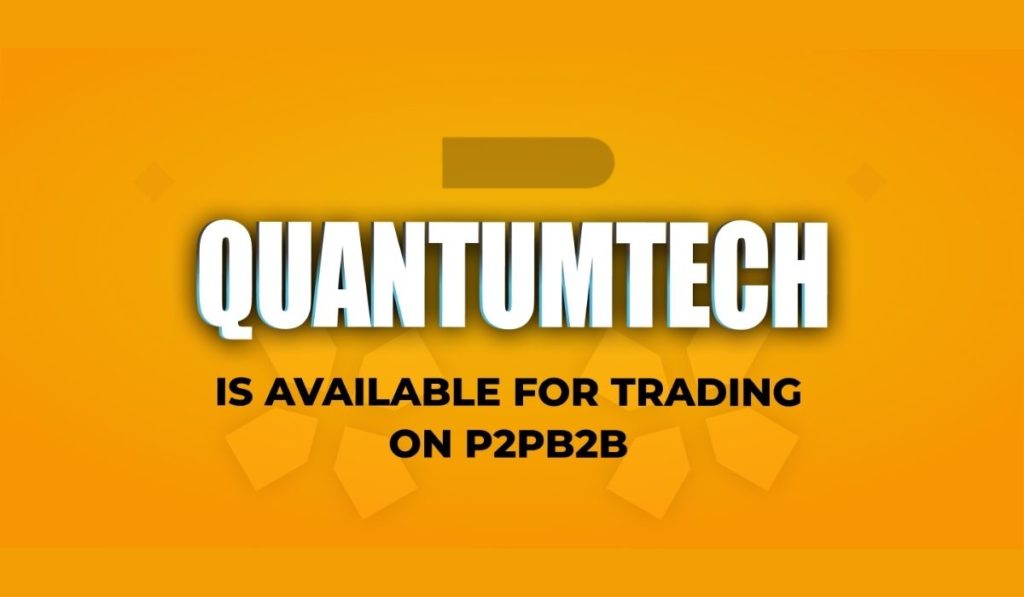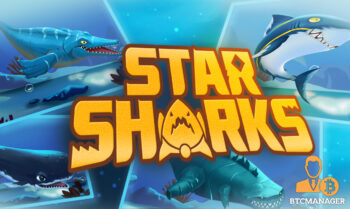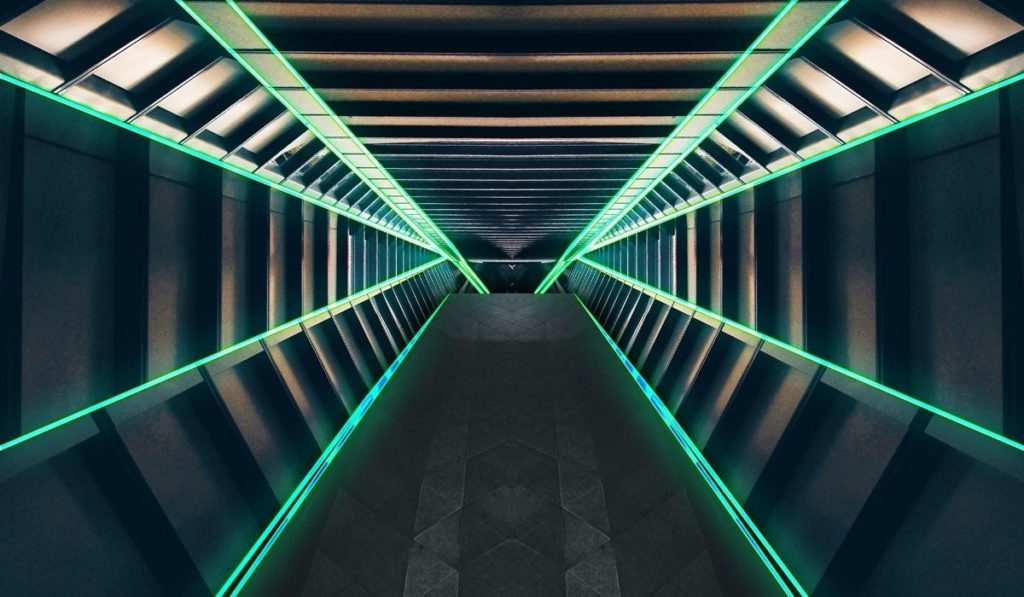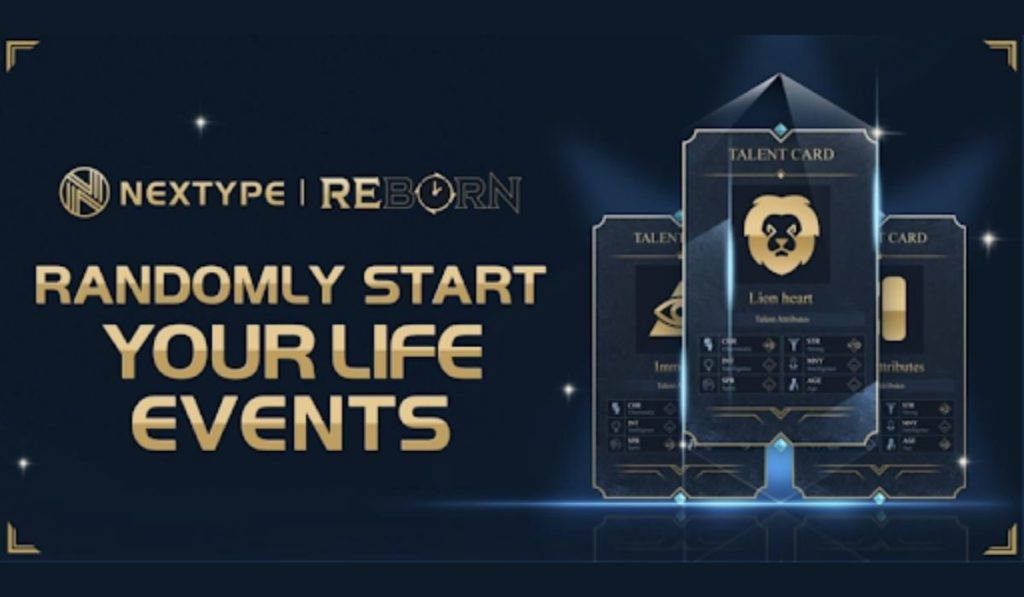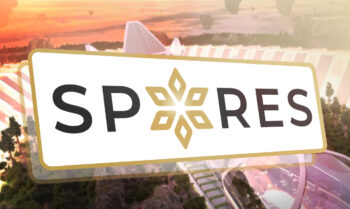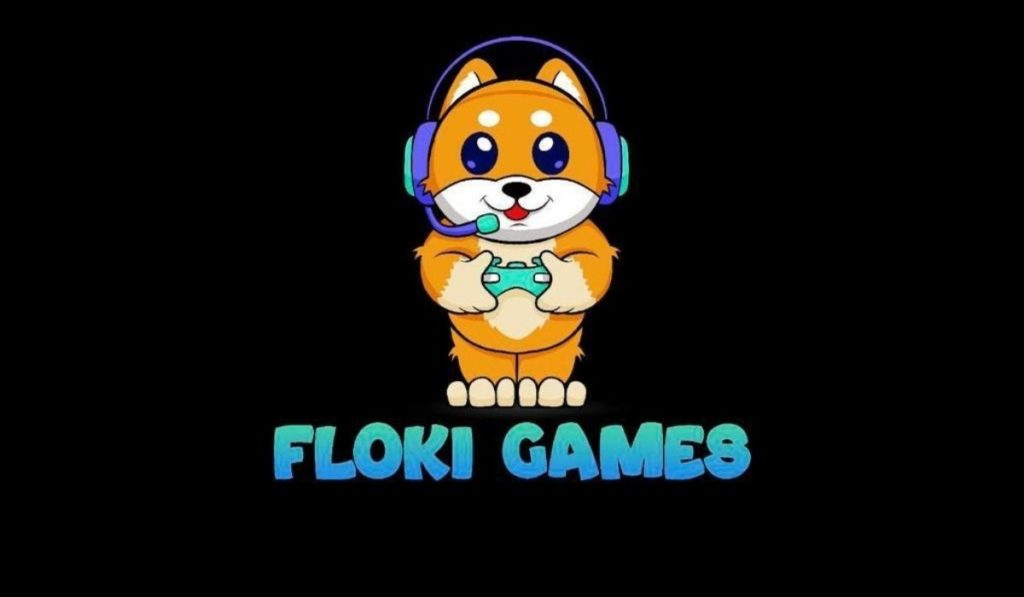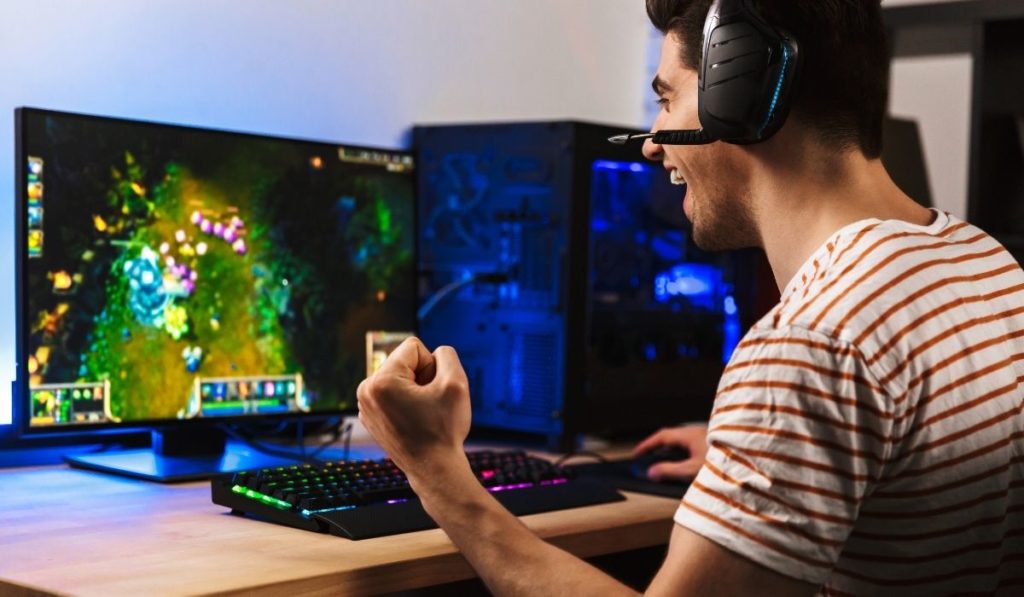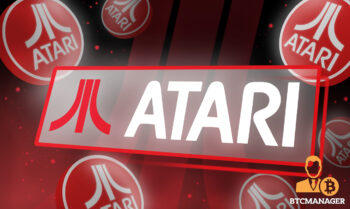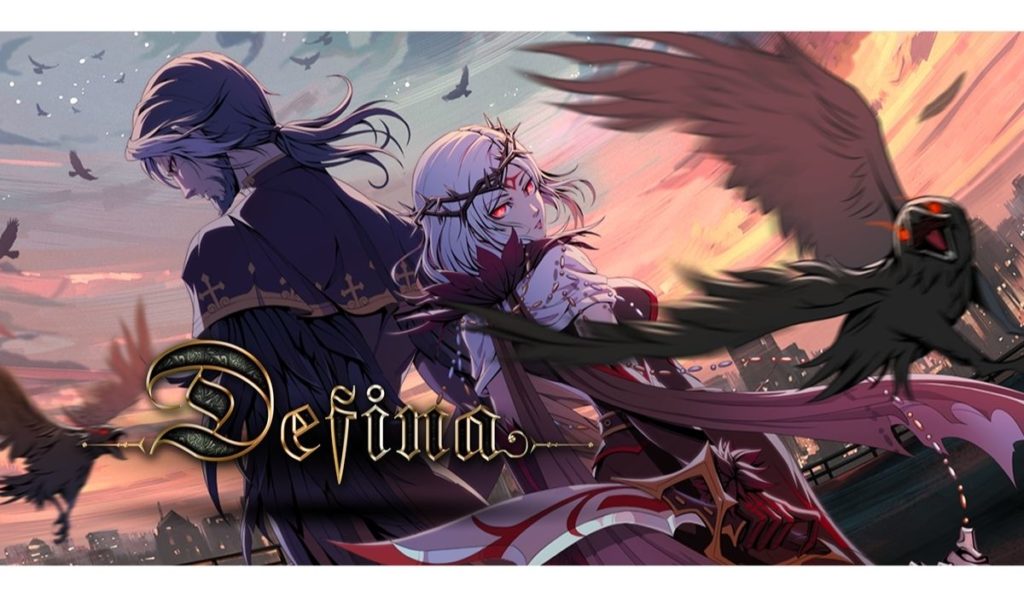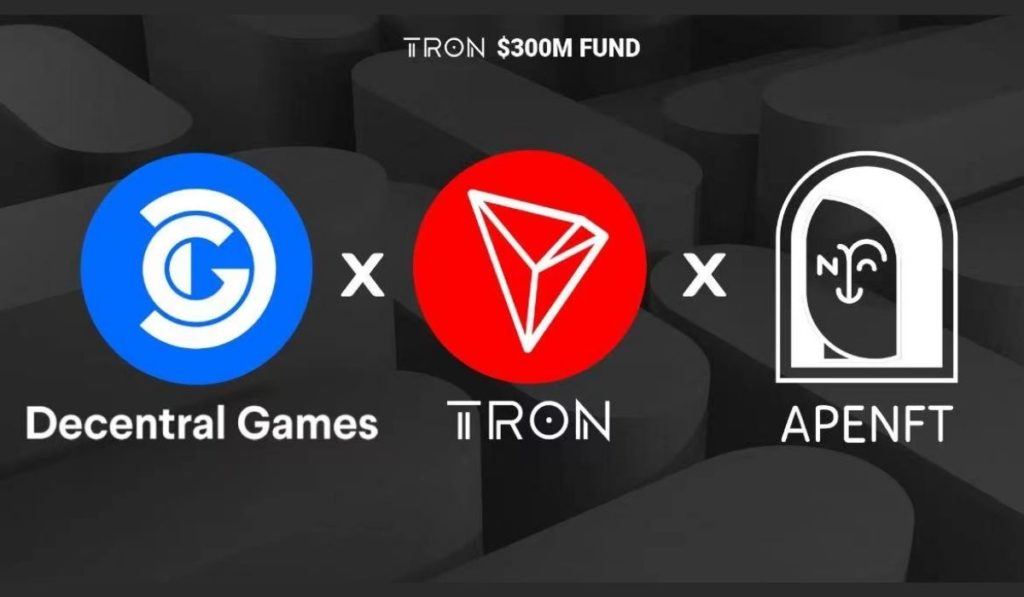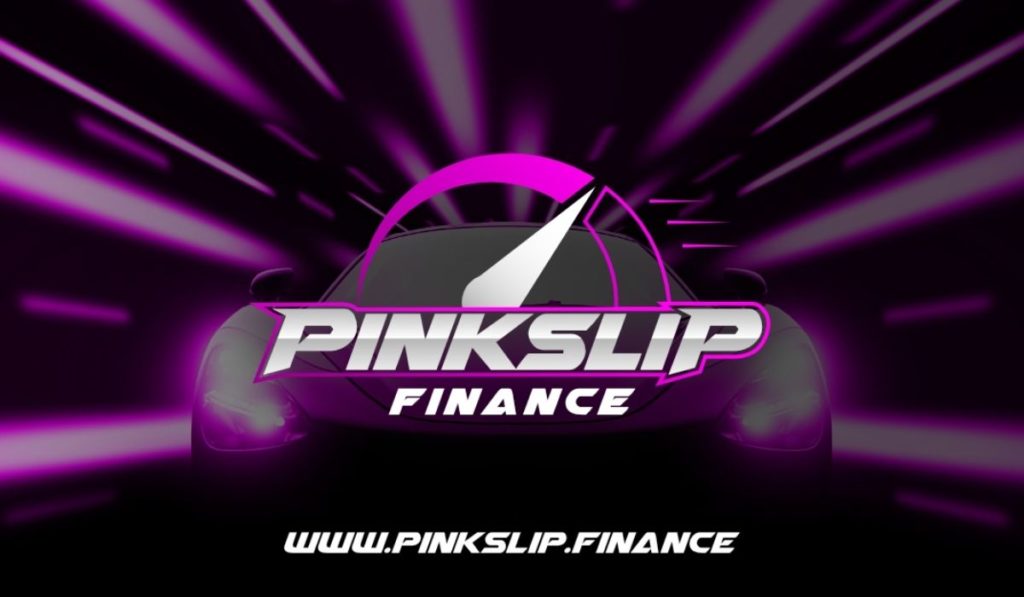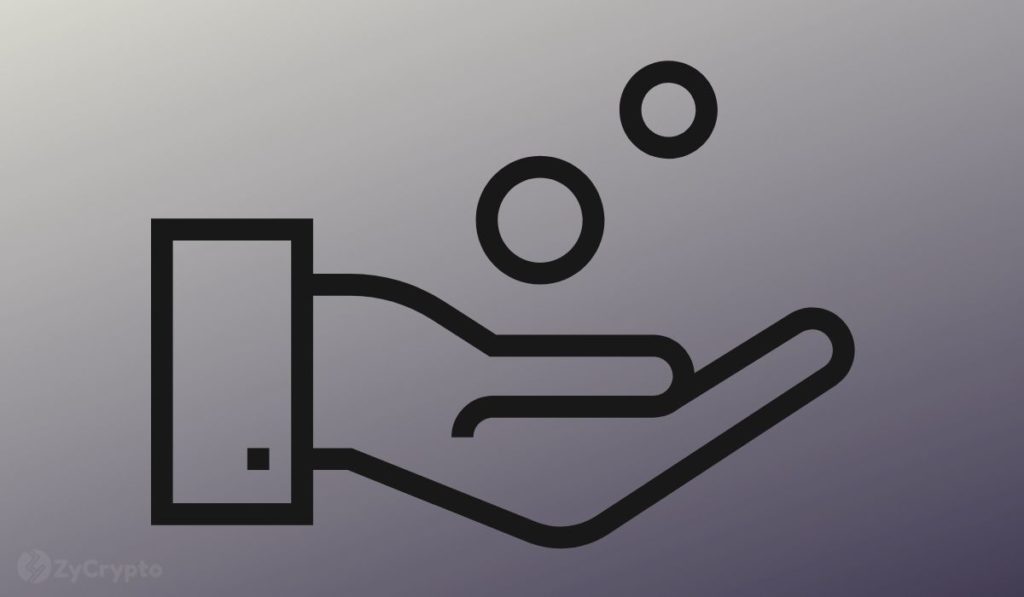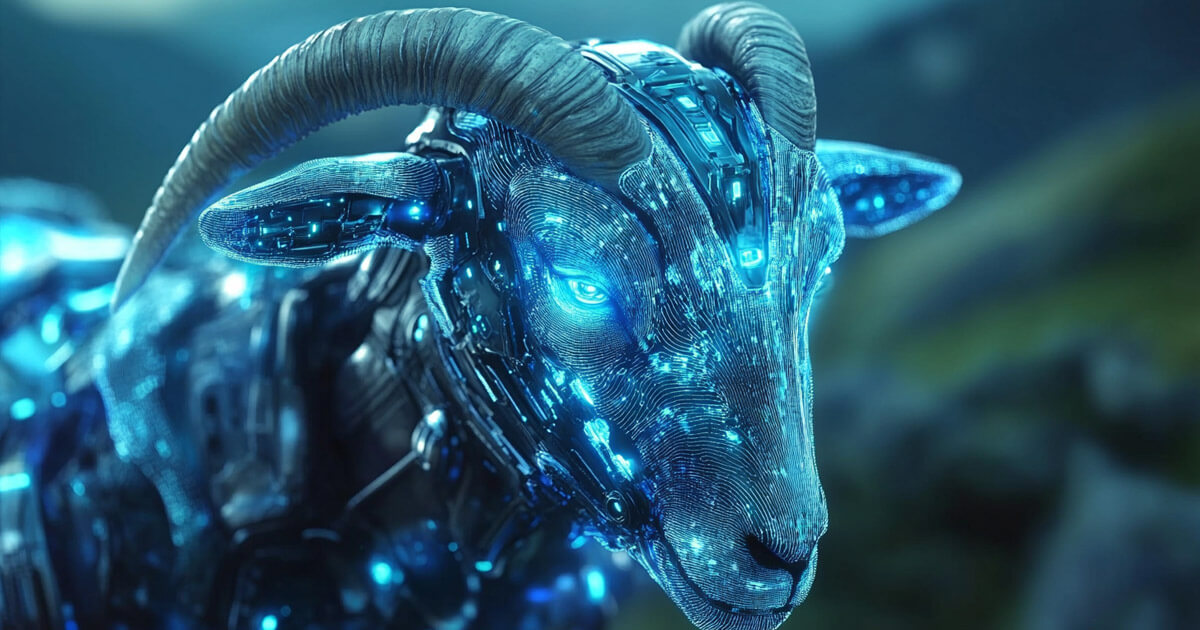2022-4-8 11:00 |
As an emerging industry, GameFi requires participants to ask many questions about projects before investing. Chief among these are questions about tokenomic models.
Tokenomics refers to the structure of a project’s economics and value system. At its core, tokenomics governs the relationship between NFTs and tokens within the game.
Footprint Analytics also provides dashboards for users to check the tokenomic of a specific game and the token holders’ analysis including daily active holders, new holders, and top 10 token holders.
In this article, we will be looking at single-token games and the ways they organize value. We will also explain the best way to profit from each of these models with the least risk.
3 Tokenomics Models for Games with One Token OnlySingle-token GameFi projects have just one token that supports all economic roles. Some examples include Crypto Zoon, Playvalkyr, Hashland, and Radio Caca.
This model requires a constant stream of new players to enter or repeat investment from former players, that is, to achieve 100% external circulation.
The single-token model can further be broken down by the relationship between the game token and fiat.
Model A: Input USD + output game tokenThis model was common at the beginning of the GameFi boom in 2021, in which users use USDT or BNB to buy NFTs and play to earn game tokens. This method is also widely adopted in DeFi yield farming.
The feature of this model is that the entry price is fixed and the earning fluctuates with the token price.
The payback period will decrease as the toke price rises if the token is in an uptrend. This model can create a strong FOMO effect once a positive spiral starts around the project.
However, it also amplifies the output and consumption of the tokens, easily causing an irreversible death spiral. Once the token reaches a downward trend, a rug-pull will happen in a degen project, while a solid project has to keep using real money to support the market and release good news to attract new players.
Most pull-rug projects love to use this model—get real money and give minted tokens to the players.
This model is prone to fast initial runs and has a short lifespan. It is recommended that players sell tokens while yielding. Once the price decline trend appears, sell the token immediately.
Footprint Analytics: Game User Stats vs Game Token – My DeFi Pet Model B: Input USD + output USD value-basedTo counteract the constant threat of an irreversible falling knife inherent in the first model of single-token games, a more recent type of game emerged where the token is always tied to USD value. For example, if the game is assumed to yield 100 USDT/Day, the number of tokens will change according to the token price. If the token price is 1 USDT today, the player gets 100 tokens. If the token price becomes 0.5 USDT tomorrow, the player receives 200 tokens.
This model enables fixed costs and returns for the players. In the upward trend of token price, the return cycle remains stable due to the decrease of the corresponding output quantity. In contrast, in the downward trend, the daily USDT-based returns obtained by the player are constant for a short period.
But is it too good to be true? Model B generally sets a lock-up period. The token price after 7 days may not be 0.5 USDT.
Valkyrio is a typical Model B project. The game itself is not fancy but quickly attracted a lot of new users within two weeks after the launch and the token price saw rapid growth, attributed to the new token model and the GameFi boom.
Income is stable and projects have longer lifespans. Token prices under this model tend to resist sudden surges and plunges. It is recommended that players yield and hold for a certain time and sell after the token price increases to obtain more income. After seeing a slowdown in new players, sell the tokens immediately.
Model C: Input game token + output game tokenIn projects with Model C tokenomics, the cost and returns are both highly correlated to the token price.
For example, a game requires 100 tokens to play and provides a return of 10 tokens per day. The cost and returns will fluctuate from 100 USDT and 10 USDT to 200 USDT and 20 USDT if the token price grows from 1 USDT to 2 USDT.
RACA (Radio Caca) is an example of this model. It is the exclusive manager of Maye Musk Mystery Box (MPB) NFT. Maye Musk, who is Elon Musk’s mother, and Binance’s founder Changpeng Zhao, held an AMA for this project, drawing a steady stream of players.
As more players join, the prices surge, starting a FOMO cycle. Early players benefit from the dividends of rising token prices and draw revenue from the high cost of new players. Many projects that apply this model make a fortune overnight.
Token prices are prone to spikes and drops. These types of projects have a short lifespan unless they can retain a large user base. It is recommended only to join at an early stage and keep an eye on the ability of the game to attract new users.
SummaryWhile many people label games as single or multi-token, these categories appear quite broad once you study GameFi data. Even among single-token games, there are several tokenomics models, each of which has its own distinct traits and dangers.
This was an article originally by Watermelon Game Guild, edited by Footprint Analytics
This piece is contributed by the Footprint Analytics community.
The Footprint Community is a place where data and crypto enthusiasts worldwide help each other understand and gain insights about Web3, the metaverse, DeFi, GameFi, or any other area of the world of blockchain. Here you’ll find active, diverse voices supporting each other and driving the community forward.
Footprint Analytics is an all-in-one analysis platform to visualize blockchain data and discover insights. It cleans and integrates on-chain data so users of any experience level can quickly start researching tokens, projects, and protocols. With over a thousand dashboard templates plus a drag-and-drop interface, anyone can build their own customized charts in minutes. Uncover blockchain data and invest smarter with Footprint.
Footprint Website Discord Twitter Telegram YouTubeThe post GameFi Tokenomics 101: Single-token blockchain games appeared first on CryptoSlate.
Similar to Notcoin - Blum - Airdrops In 2024
High Performance Blockchain (HPB) на Currencies.ru
|
|

